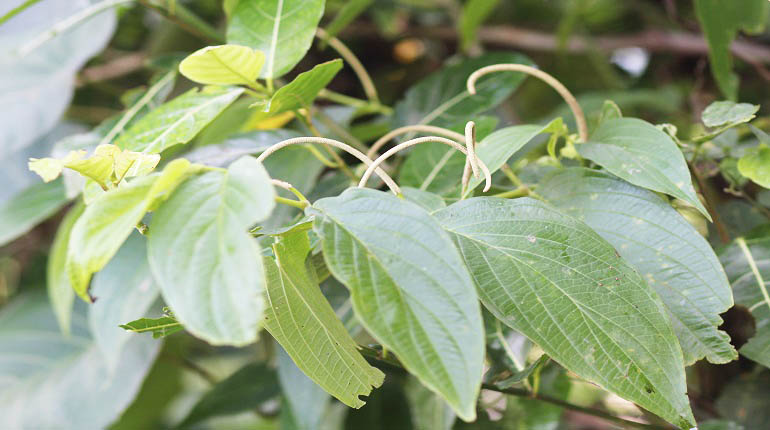Organic fertilizers such as chicken manure, dried coffee pulp, dried leaves of wild daka; Mexican sunflower and fish poison bean are proving to be improving sweetpotato yields.
These fertilizers contain nitrogen, potassium and phosphorus which are essential in improving soil fertility.
They are crushed and spread into individual sweetpotato mounds. Farmers can collect chicken manure from free range flocks or simply raise chicken.
Coffee is a seasonal cash crop so farmers must make an effort to collect, dry and store enough coffee pulp during coffee season.
This will reduce burden looking for coffee pulp during off season. Plants like wild daka, Mexican sunflower (tithonia) and fish poison bean leaves is abundantly available in the wild and can be transported, dried and stored at farms at a very minimal cost.
Fish poison bean is a small shrub which is used by farmers to get rid off pests and helps improve soil fertility.
It is found in tropical climates in Africa, South America and parts of South East Asia.
Fish poison and other wild legume plants is found in most parts of Papua New Guinea.
The application of these plants has demonstrated that organic fertilizers can contribute towards improving sweetpotato yields.
NARI scientists based in Aiyura, Eastern Highlands have conducted sweetpotato trials using organic fertilizers which have indicated high yields.
The trials used two types of sweetpotato seeds, pathogen tested and non-pathogen tested. Pathogen tested seeds are sterilized inside the laboratory then nurtured in screen houses before they are taken out into the field for planting.
Yield results indicated that PT seeds planted using organic fertilizer produced 28 tonnes of sweetpotato per hectare compared to 22 tonnes per hectare for non-pathogen tested sweetpotato seed.
Legume crops like soybean and peanut also improve soil fertility.
Sweetpotato can be planted after soybean and peanut is harvested. This is part of improved fallow practice compared to the natural fallow where farmers rely of regrowth of natural vegetation to restore soil fertility.




